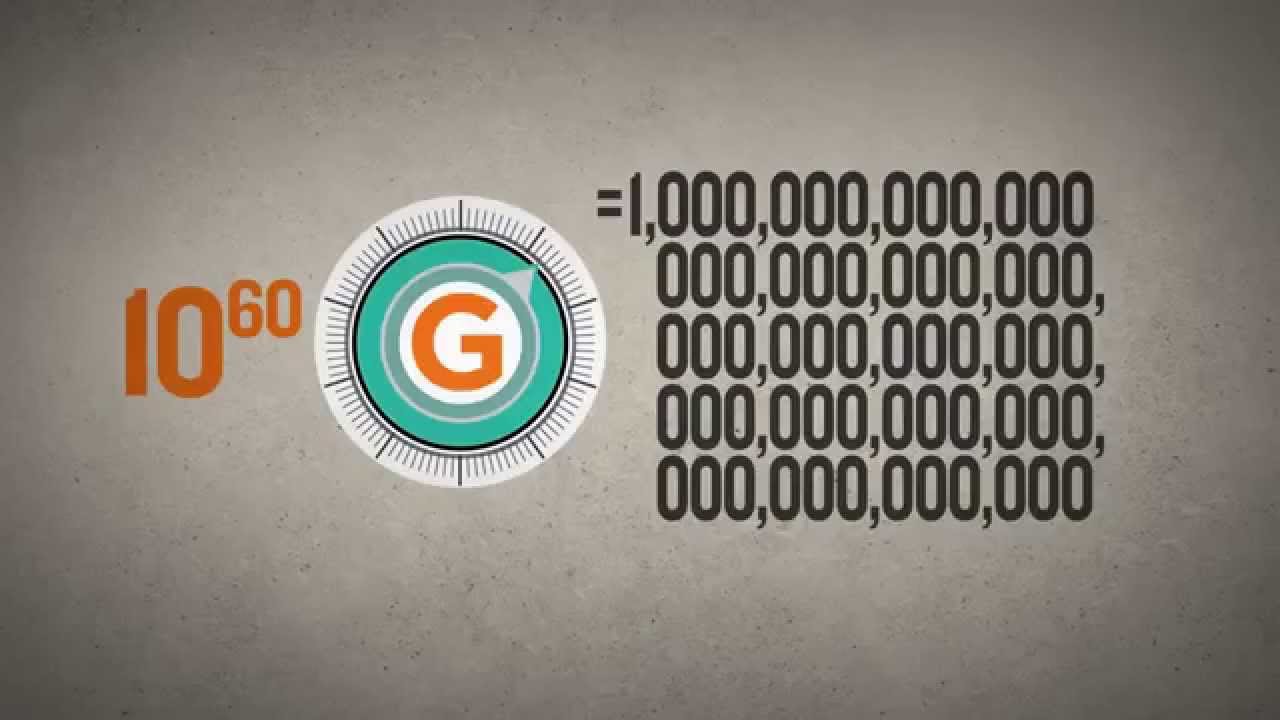How The Laws Of Nature Are Fine Tuned Indicating The Presence Of Intelligence
Recall from The Primer article, there’s a surprisingly small set of concise formulas that describe how much of the universe functions – as shown here: https://en.wikipedia.org/wiki/Laws_of_science.
If you look closely at those formulas you’ll notice that many of them include numerical constants. For instance, we treat E=mc2 as a law of nature with “c” representing the speed of light which is constant throughout the universe. Another example is the constant “G” which we use in the formula for calculating the gravity between two masses like the Sun and Earth.
As with the laws of nature, there is also a relatively small set of constants used in formulas to describe those natural laws. For completeness, here’s a detailed list containing both constants and other related characteristics: https://en.wikipedia.org/wiki/Physical_constant. Feel free to take a quick scan but no need to get hung up there.
What If They Had Different Values?
The whole point in discussing the laws of nature and the constants used to calculate them is to ask the questions: “What would happen if those constants and characteristics were different? What if their values were just a little larger or smaller?” Turns out those are really important questions and the answers are pretty astounding!
Let’s look at a few examples. What if we varied the constants associated with gravity or the rate of expansion of the universe or the ratio of mass and energy in the early universe? Watch the first 3 minutes of this short 6 1/2 minute video as a starting point (feel free to watch the rest of the video if it grabs you).
Note the accomplished physicists quoted in the video:
- Martin Rees – Astronomer Royal Of Great Britain
- Stephen Hawking
- David Deutsch – Physicist at the University of Oxford

Key Conclusions From The First Half Of The Video
- The constants associated with some of the laws have been finely tuned to an astonishingly precise value
- The gravitational constant, G, is tuned to 1 part in 1060
- A change in one of those parts would mean no stars, no planets, no life anywhere
- For reference, there are 1014 cells in your body and 1020 seconds since the universe began
- The cosmological constant used to calculate the expansion rate of the universe is tuned to 1 part in 10120
- Same result: A change in one of those parts would mean no stars, no planets, no life
- The amount of mass and energy distributed in the early universe is tuned to 1 part in 1010123
- Same result
Conclusion
- There are mathematical constants, like the speed of light, in many of the most important laws of nature
- As it turns out, infinitesimally small changes in any of those constants leads to a universe with no stars and no life
- Our best cosmology scientists recognize that the universe is impossibly fine-tuned to be able to exist and function as it does
Proceed To Part II For The Rest Of The Story On Our Fine Tuned Universe



